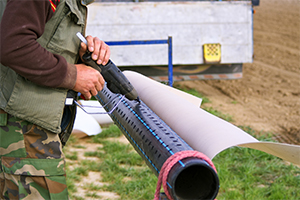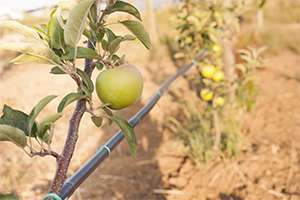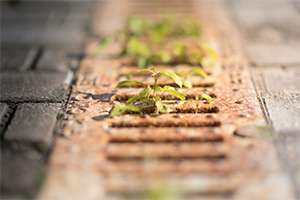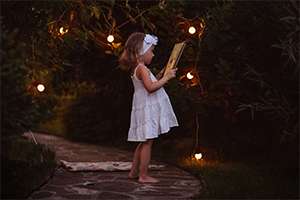
A perforated pipe is designed with small slots or holes to allow water to exit or enter easily. This type of pipe is frequently used for underground drainage systems and other outdoor uses due to its ability to absorb and drain water. Here is some information about the best times to use a perforated pipe.
Pool Decks
Draining systems for pools commonly use perforated pipes. Any water that remains on the pool deck passes through the perforated pipes to drain back into the pool. An advantage of using perforated pipes for pool decks is that the risk of debris draining into the pool along with the water is small because the holes or slots are small. Therefore, perforated pipes also function as a filter.
Water Underneath the House
Many homeowners, particularly those who live in rainy climates, deal with water pooling underneath their home. During rainy seasons, water tends to pool around homes and surrounding areas. Sunshine is unable to dry out these areas and this can lead to mold and mildew. Homeowners dealing with this issue should consider installing perforated pipes underneath their home to drain the water and prevent mold and mildew.
Landscapes
Homeowners who want to create a garden landscape need to have a good drainage system. Perforated pipes are frequently used for such drainage systems due to their ability to absorb and drain excess water. Some homeowners install perforated pipes in the ground to collect rain water and use it to irrigate their plants. Due to the small size of the slots and holes, homeowners don’t have to worry about soil draining out along with the water.
As you can see, there are many uses for perforated pipes. For more information about when it is best to use a perforated pipe, don’t hesitate to contact us here at WP Law.















